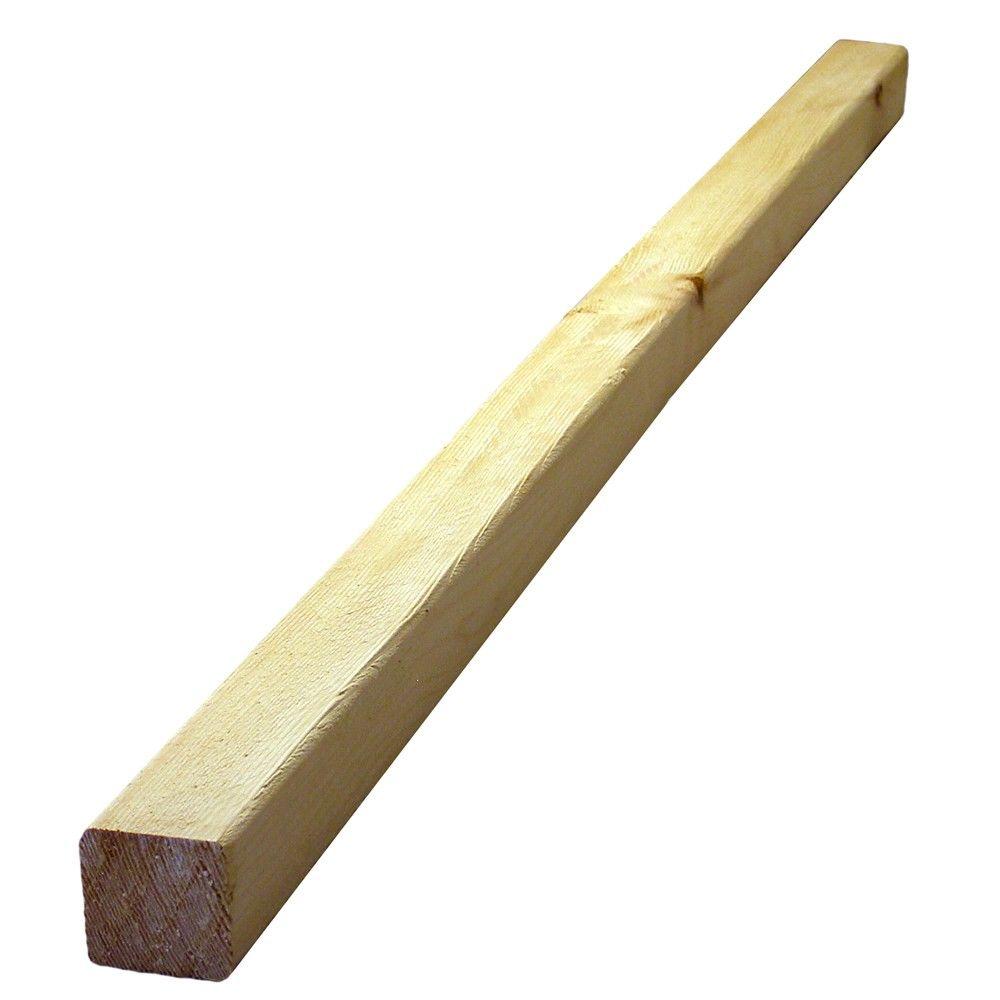Our Mission Statement
As a responsible partner TP delivers to clients, employees and the industries we serve the confidence to drive value through the effective use of our diverse professional team.
As a responsible partner TP delivers to clients, employees and the industries we serve the confidence to drive value through the effective use of our diverse professional team.
![lumber-designation-mark[1].jpg](https://www.tpinspection.com/uploads/image/684/lumber-designation-mark1.jpg)
Labeling Remanufactured Lumber
ALSC Lumber Enforcement Regulation 5.12.1 states:
“Provided an attempt to mark all pieces is present, as evidenced by ink from the stamp on each piece, any item containing 25% or more of the pieces with HT or KDHT marking (no reference to grade) deemed to be illegible or incomplete shall be held for remarking.”
In this scenario, as long as each piece of wood has evidence of an attempt to mark (i.e. ink), the item is considered conforming if a minimum 75% of the pieces have a legible mark. If some components are marked and others show no sign of an attempt to mark, the 10% legibility rule applies.
If there are questions in any of the areas discussed in this newsletter please contact the WPM Manager for more information.
Moderation in temper is always a virtue; but moderation in principle is always a vice.
The real man smiles in trouble, gathers strength from distress, and grows brave by reflection.
Character is much easier kept than recovered.
Thomas Paine
Marking Options for Smaller Dimensions. 
ALSC Lumber Enforcement Regulations 6.2.2 states:
"When pieces are marked HT or KDHT only, with no reference to grade, and the size of individual pieces is:
a) 30 inches or less in length; or
b) 1/2 inch nominal or less in thickness; or
c) 2 inches nominal or less in width,
the HT or KD HT mark shall be applied by stamping not less than 25% of the pieces of a unit. Units that are partially marked shall also be stenciled with the same information as indicated by the agency HT or KDHT stamp."
This is a pretty straight forward section that allows for smaller dimension wood that meet the section's requirements, to have a minimum of 25% legibly marked pieces as long as the bundle (the pieces are in) is marked with the same information that is on the stamp.
 Marking Options for Rough Lumber
Marking Options for Rough Lumber
The American Lumber Standard Committee Lumber Enforcement Regulations state in section 6.2.3:
"Unstamped heat treated rough lumber which has been heat treated at one mill or kiln operation and subsequently shipped to a second mill for surfacing or further processing, may be stamped HT or KDHT after processing provided all mills or kiln operations involved have in place an approved quality control program which maintains the identity of the material from heat treatment to final processing and marking, and which can be audited to verify compliance with heat treatment requirements. ALSC shall be informed in writing of each mill approved under this section. At a minimum the written quality control program shall require that:
1. Lumber bundle(s) shall be maintained intact until final processing and marking of the lumber
2. Lumber bundles(s) shall be marked with an identification mark which permits traceability to an approved heat treatment
operation.
3. All facilities involved in the treating and processing of the lumber are audited by ALSC accredited agencies.
4. When multiple accredited agencies audit the different mill or kiln operation, each auditing agency shall be permitted access to
review the quality control records of both treating and processing operation to verify compliance."
What this means is heat treated lumber that is rough four sides can ship directly from mill to facility without an HT mark on each piece as long as certain requirements are met (Points 1-4) and ALSC is notified of this situation through the monitoring agency(TP). Facilities wanting to use this program would need to complete a TP supplied form to document the mill supplying the rough lumber, the markings applied to identify it as HT and the authorized mill representative responsible for conformance on the mill side. The receiving facility's information must also be included on this form so that there is a verifiable chain of custody for the material. This completed form is then submitted to the TP WPM Manager to verify that the supplying mill is being monitored by an accredited agency. Many times, TP is also the monitoring agency for the mill so this is typically not an issue. Once the paperwork is approved and on file at the receiving facility, that operation can start receiving rough lumber in conformance with lumber regulation 6.2.3.
There are two different categories facilities dealing with lumber under this section fall into: